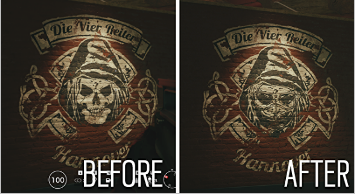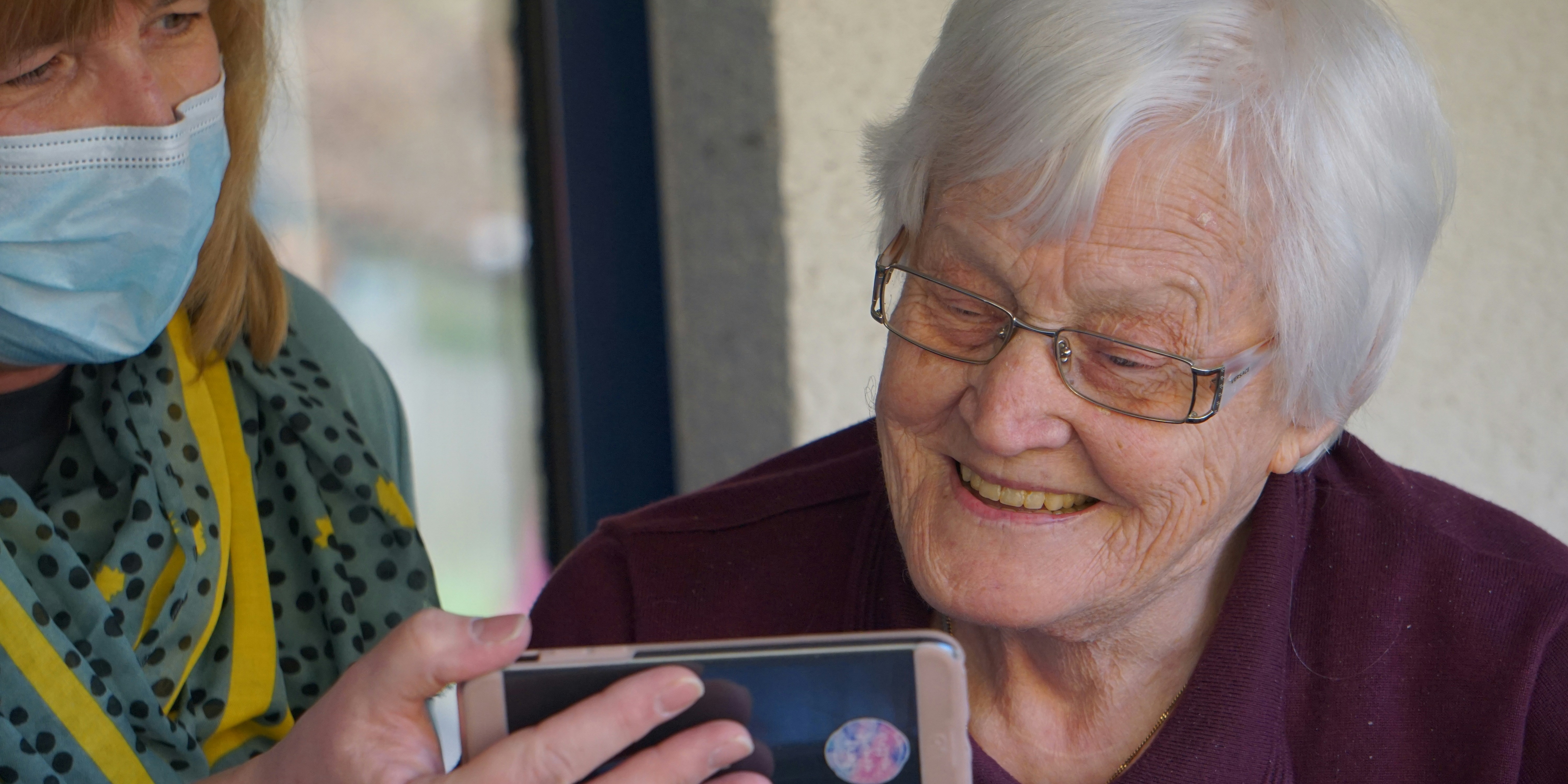Back in August, we were at Gamescom in Cologne, where we got to check out the game industry’s latest titles and technologies. As well as the hype around the big AAA titles and buzz of the indie games section, it was hard not to notice the increasing presence of VR and AR. Of course, VR and AR are nothing new, but they have struggled to have the same success we have seen with console and handheld gaming. However, with a new tie-in event dedicated to VR – the VR Games Showcase – making its first ever appearance at Gamescom, are we expecting to see VR and AR make great breakthroughs in the coming year?
Other than the high costs of VR hardware, another barrier to take-up that we have seen in some of our previous research, is that it can be a rather solitary experience. This is in contrast to what has traditionally been quite a social pastime – from playing with friends in the same room, to now playing with players across the world, thanks to the growing popularity of online multiplayer games. Although VR enable players to immerse themselves in the game world at a new level, it also cuts them off from the real world while they’re playing.
This seems to be something some developers are already working to change. For example, Kynoa’s Koliseum Soccer VR, using VR to turn a traditional social game of foosball into a more immersive multiplayer experience. The game still uses a 2v2 set up on a physical table, but the VR aspect enables another level of engagement; with a stadium full of cheering fans, you can use special power-ups or shields to protect your goal, and even watch your players do celebratory dances after scoring.
At E3 earlier this year, we saw another take on the social VR experience from Redpill and Sensorium, whose focus is on social interaction through music. Redpill VR offers a simulated virtual world for music events, mixing real-world artists or performances, with virtual social interaction. For example, a real-world DJ can play a set from any location but appear as an avatar in this virtual world. Other users can then join the virtual space as their own avatar to experience the music and interact with other users, all from the comfort of their own home.

Others, such as Resolution Games, are looking at cross-play VR solutions in order to overcome the obstacle of limited VR hardware ownership hindering multiplayer opportunities. In their game Acron, one player on VR plays the role of the Tree, trying to fend off the squirrels, which are played by other players on iOS or Android.

One piece of VR we got to try out ourselves at Gamescom, was Somniacs’ Birdly. Although not a social VR experience, it does take VR to another level, with a full body experience. Users can climb aboard a flight-like simulator and explore the Jurassic world as a pterosaur gliding through the air and diving into the water below. Users control their movements by moving their arms on the simulator’s wings, with a fan to emphasise the sense of soaring through the air.

Obviously Birdly’s simulator isn’t the kind of tech everyone will have in their living room, but the emergence of more VR arcades and experiences shows that the industry is trying to make VR more accessible. In London alone, there seems to be an increasing variety of experiences; from whizzing down a VR slide at the Shard, to the more group-based experiences such as VR Escape rooms, or taking on the role of Storm Troopers in The Void’s Star Wars hyper-reality experience.
 Although it’s great to see these types of experiences making VR more accessible, they still tend to be one-off occasions – a day out - rather than a regular activity. The question is how to scale down such experiences for in-home use, while still retaining the truly immersive experience that can also be social.
Although it’s great to see these types of experiences making VR more accessible, they still tend to be one-off occasions – a day out - rather than a regular activity. The question is how to scale down such experiences for in-home use, while still retaining the truly immersive experience that can also be social.
It’s clear that VR is evolving and adapting to consumer behaviours, but what further developments are needed in order to reach a broader audience? How will these VR experiences fare against more traditional gaming solutions. Is consumer interest in VR increasing, and if so, what are their expectations? How do they want to play, who with, and in what way? To find out how Bryter help clients explore these questions, get in touch at jenny.mcbean@bryter-uk.com






![MD[x]T in prelaunch claims testing](https://www.bryter-global.com/hubfs/Image%204.jpg)